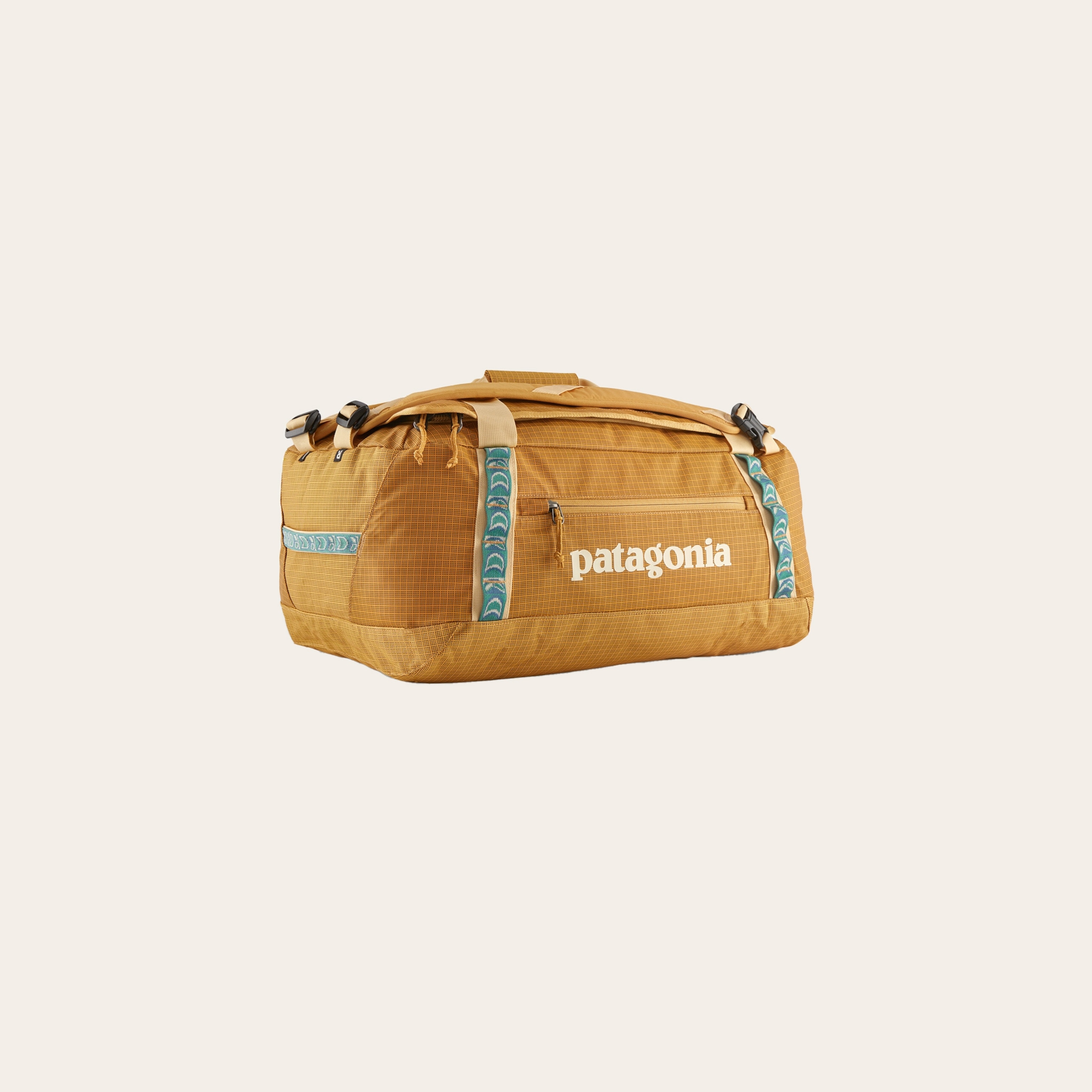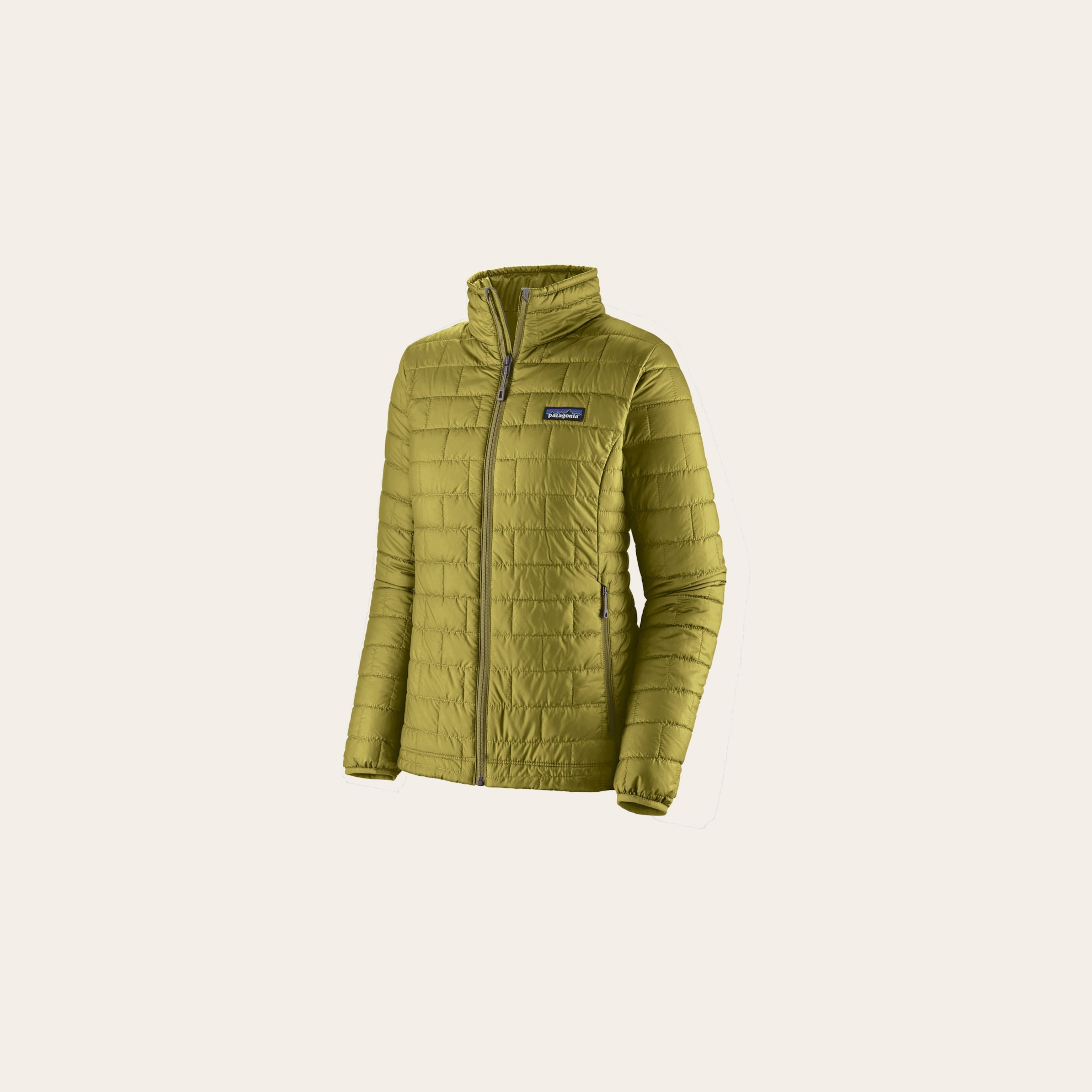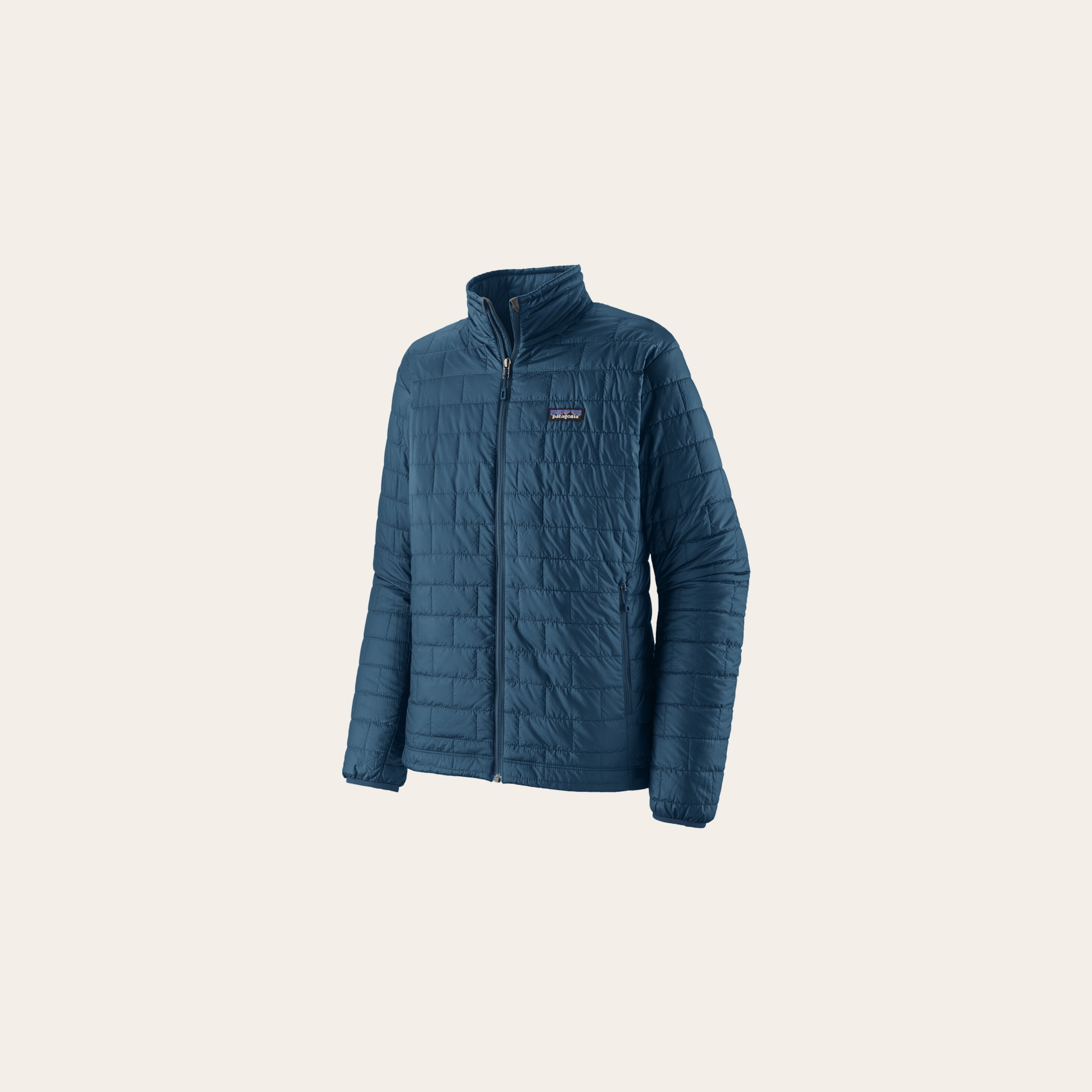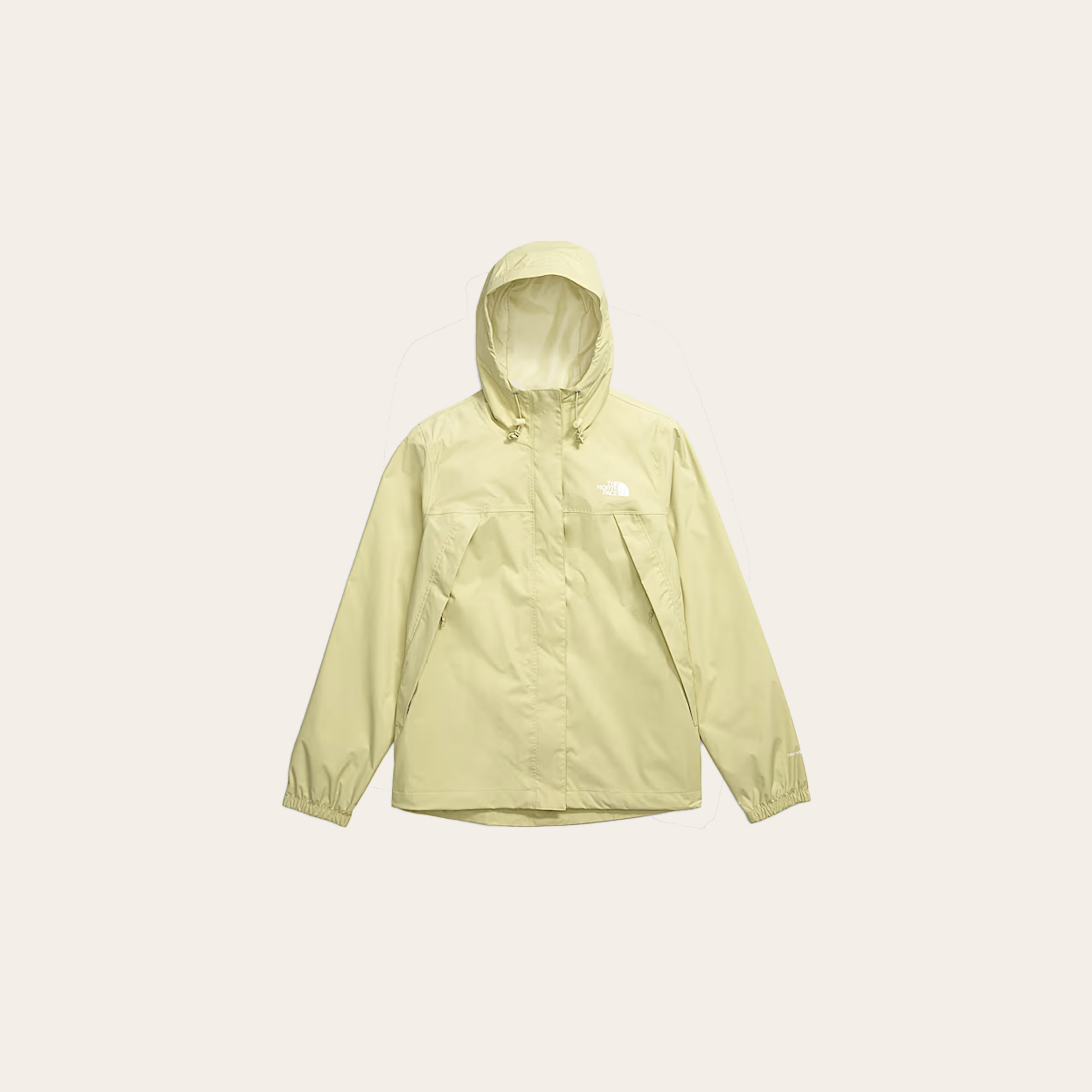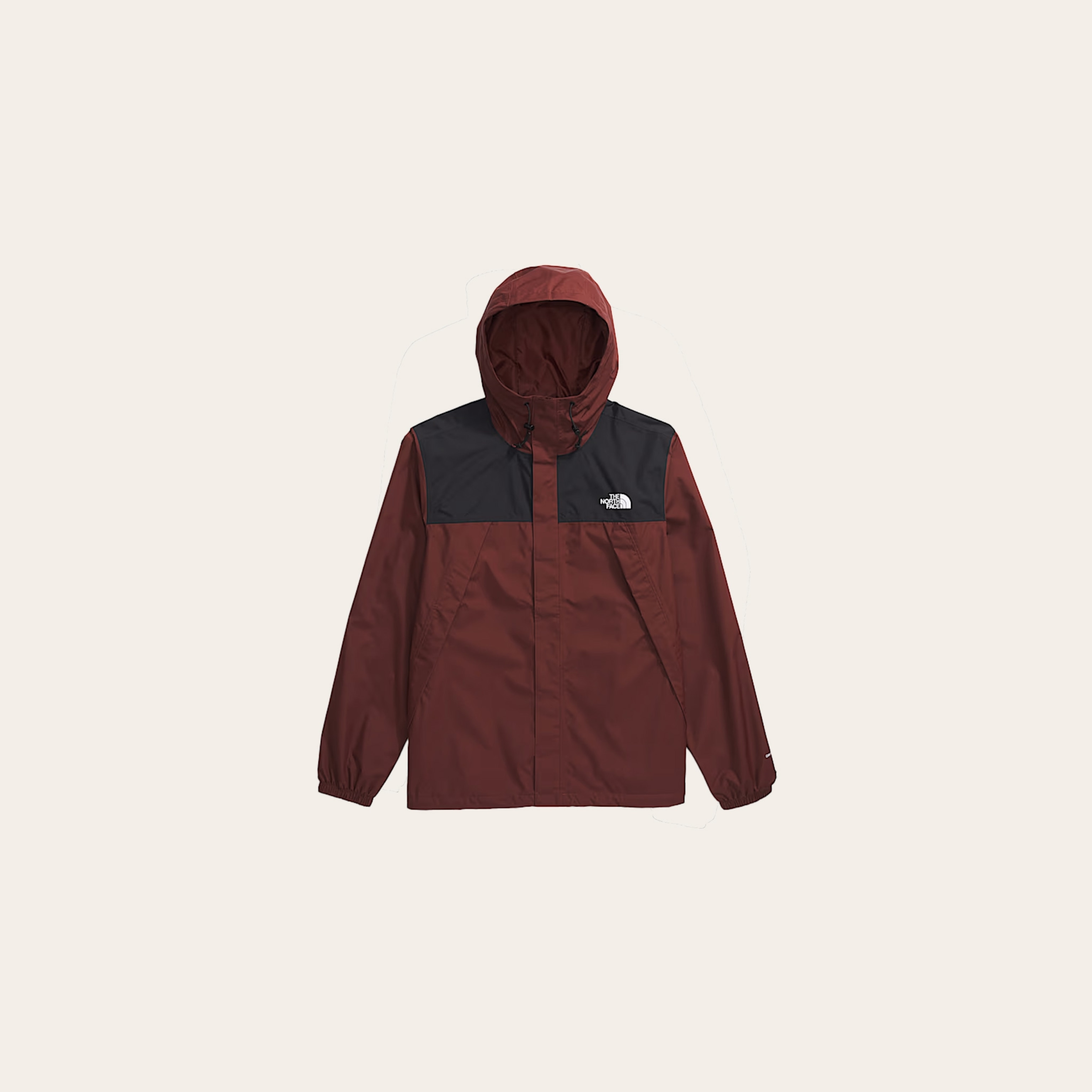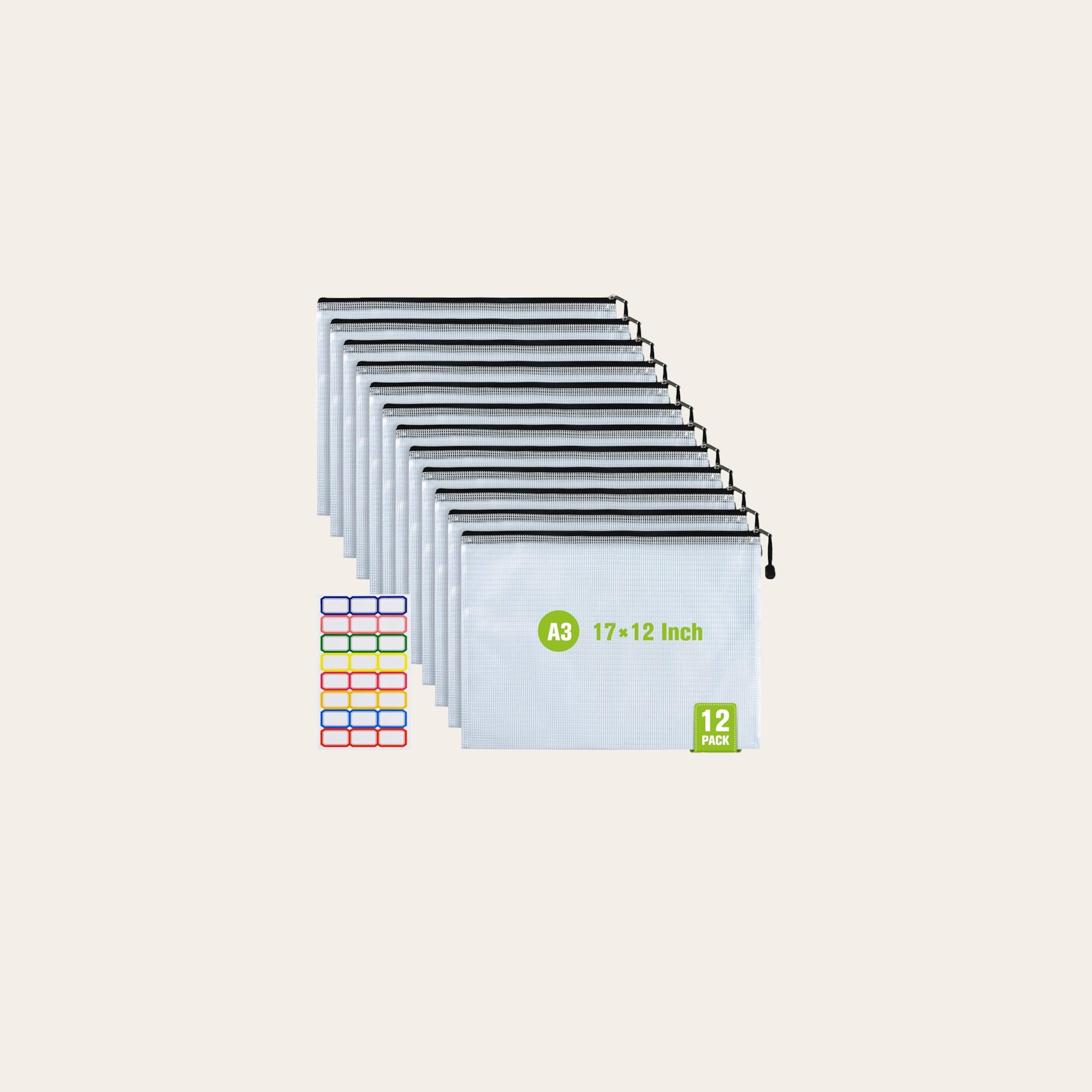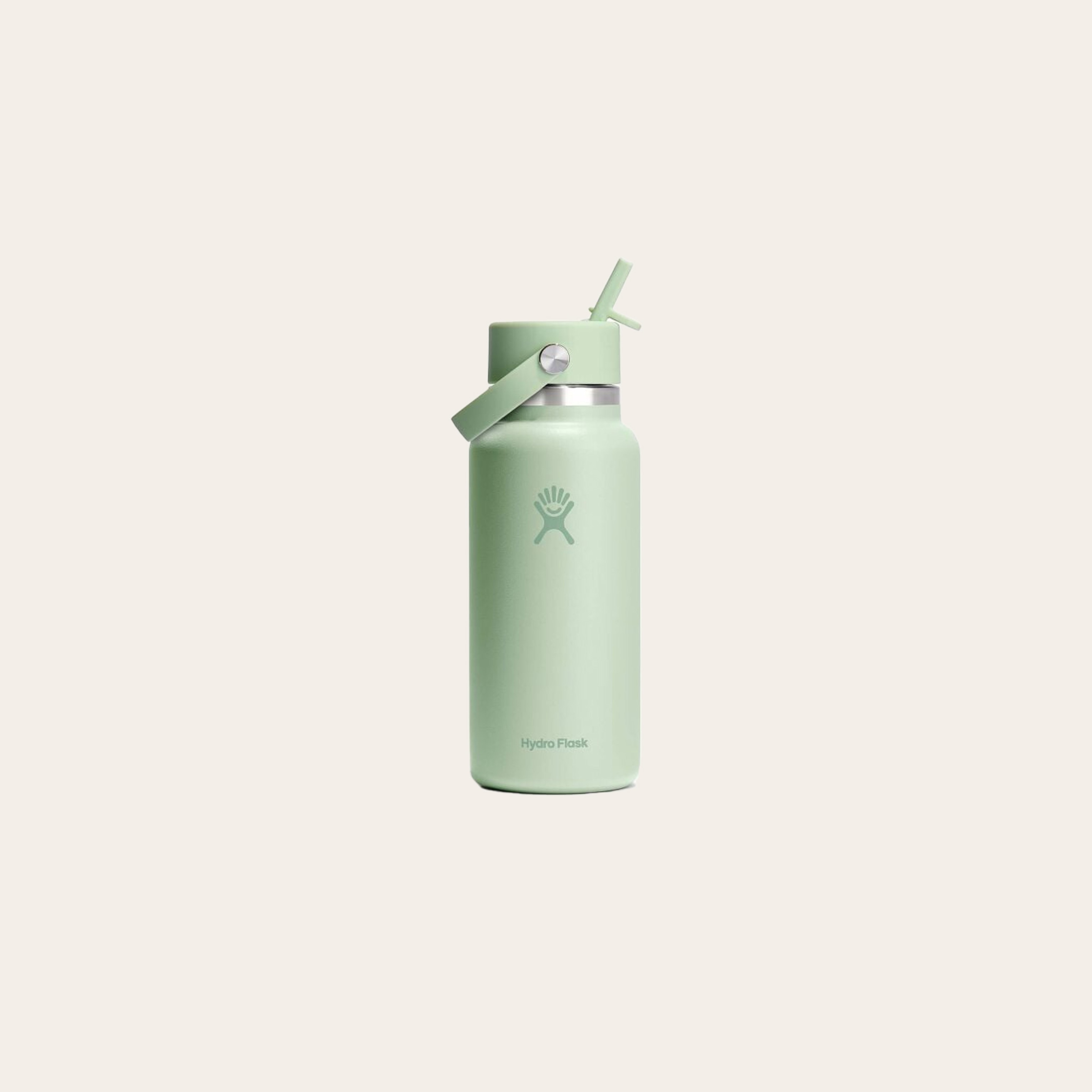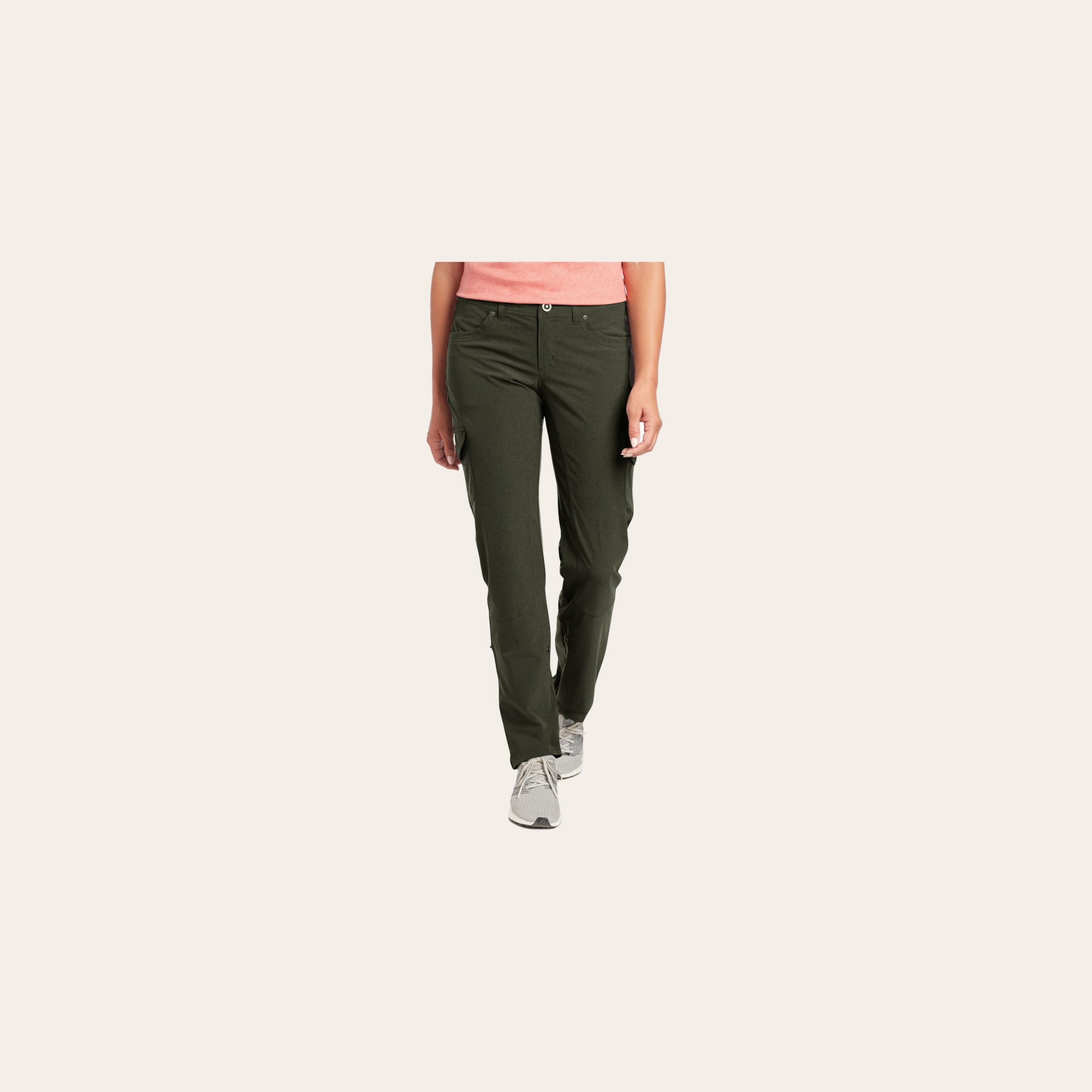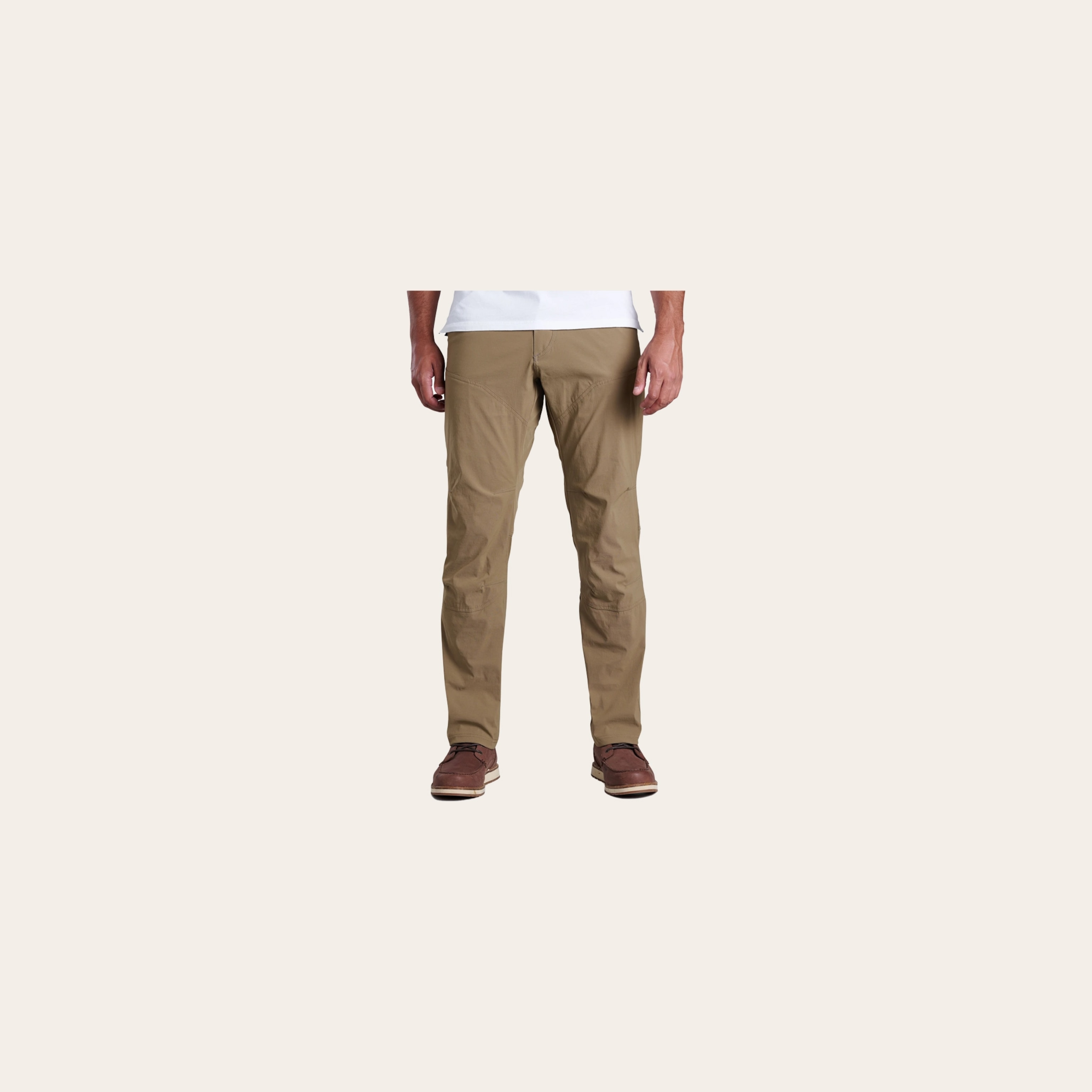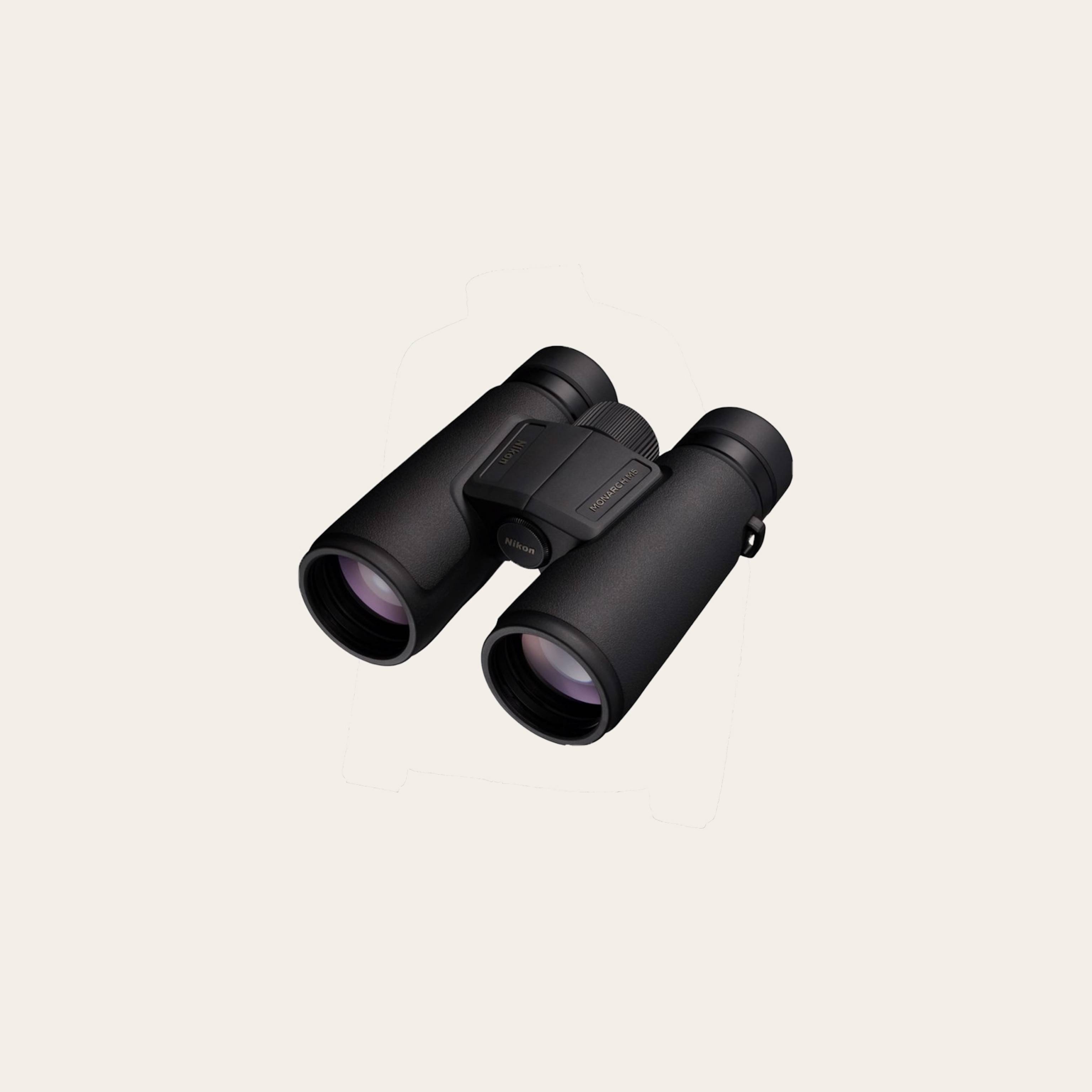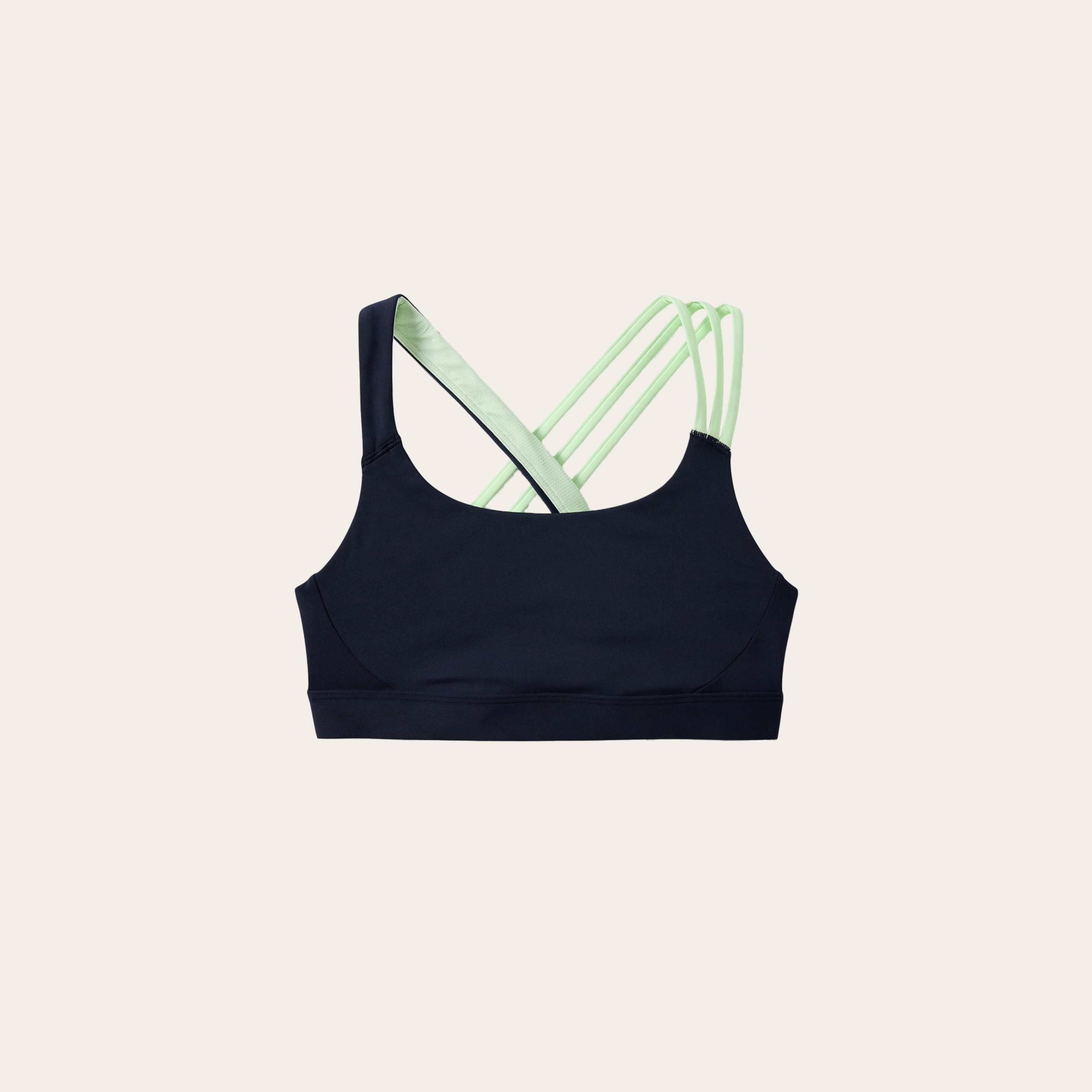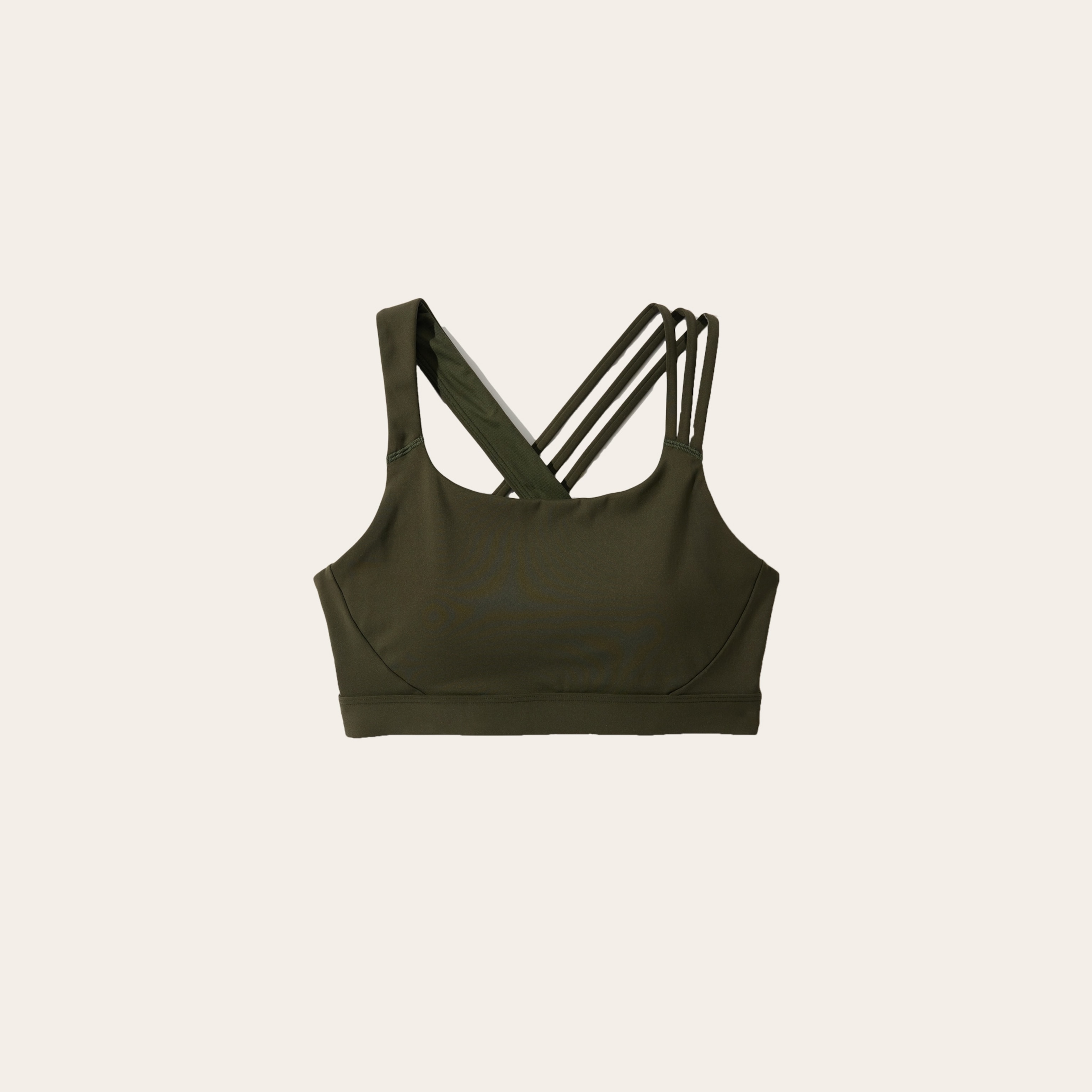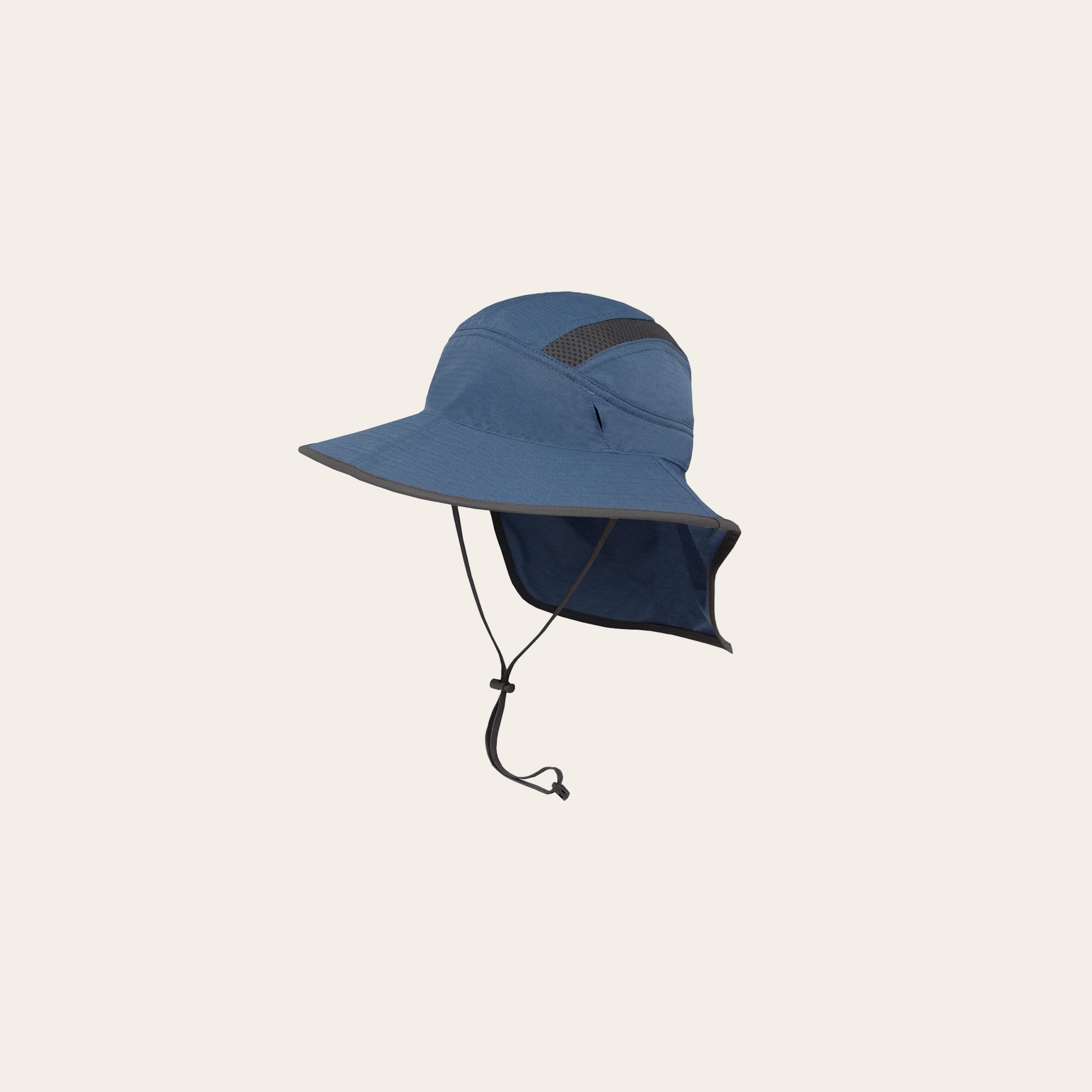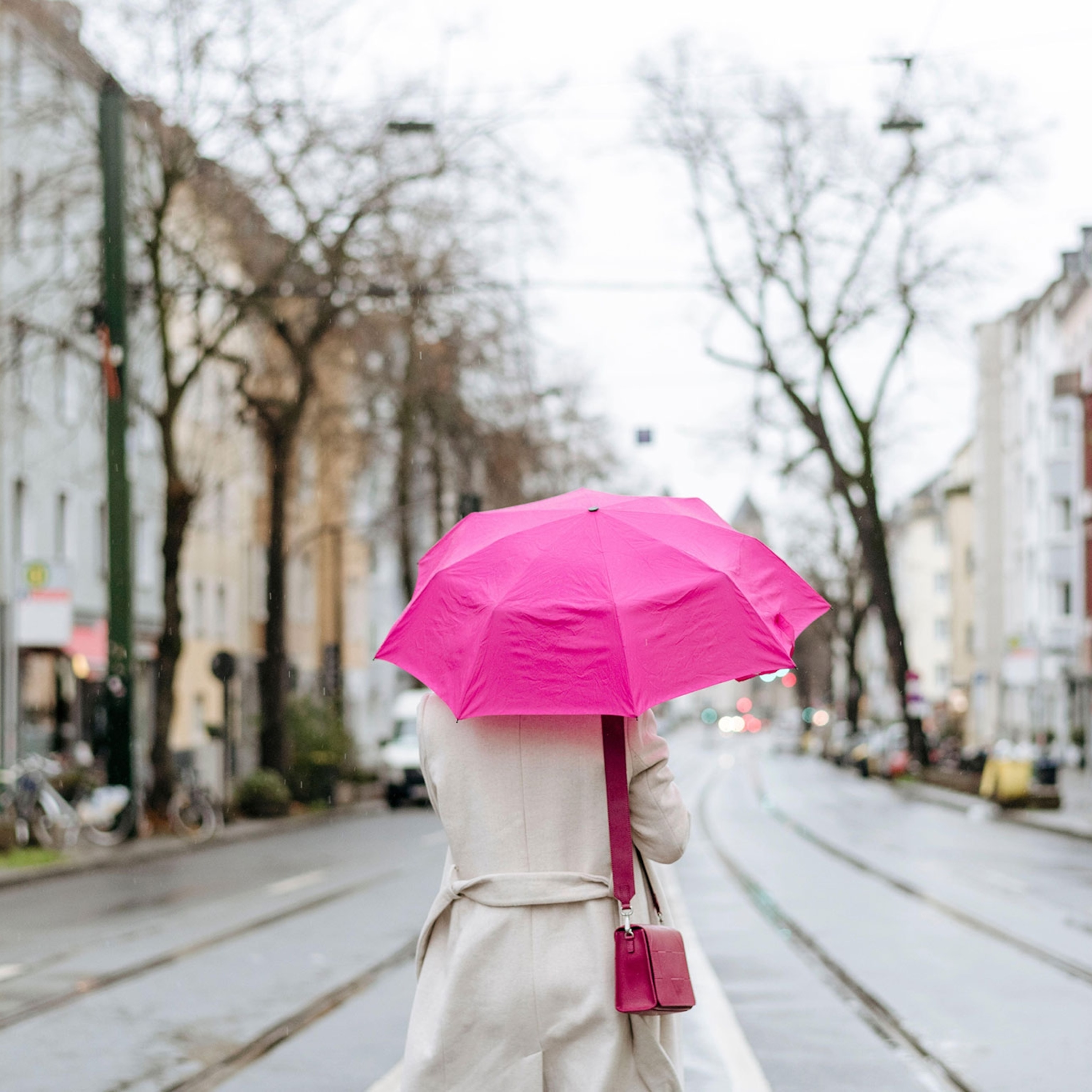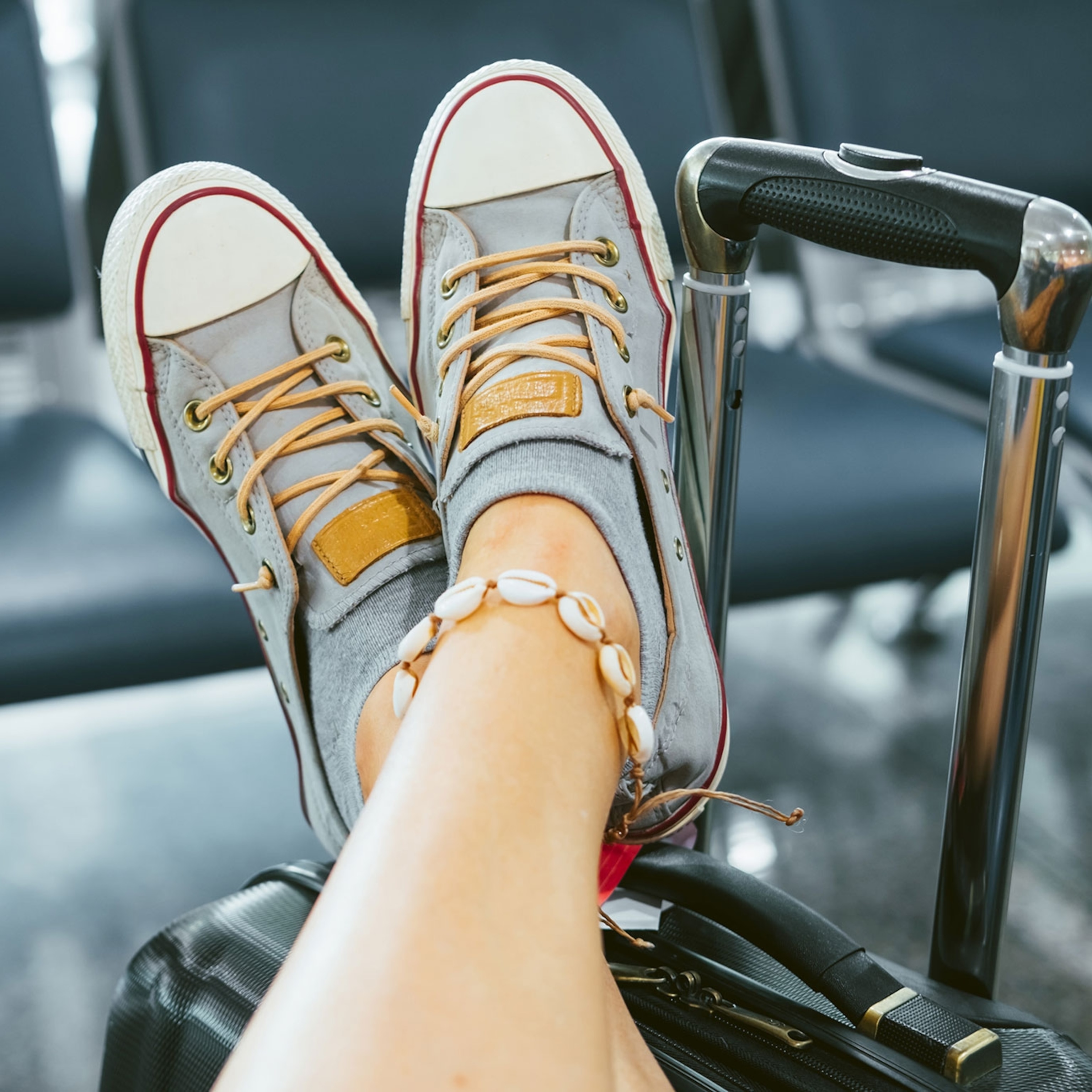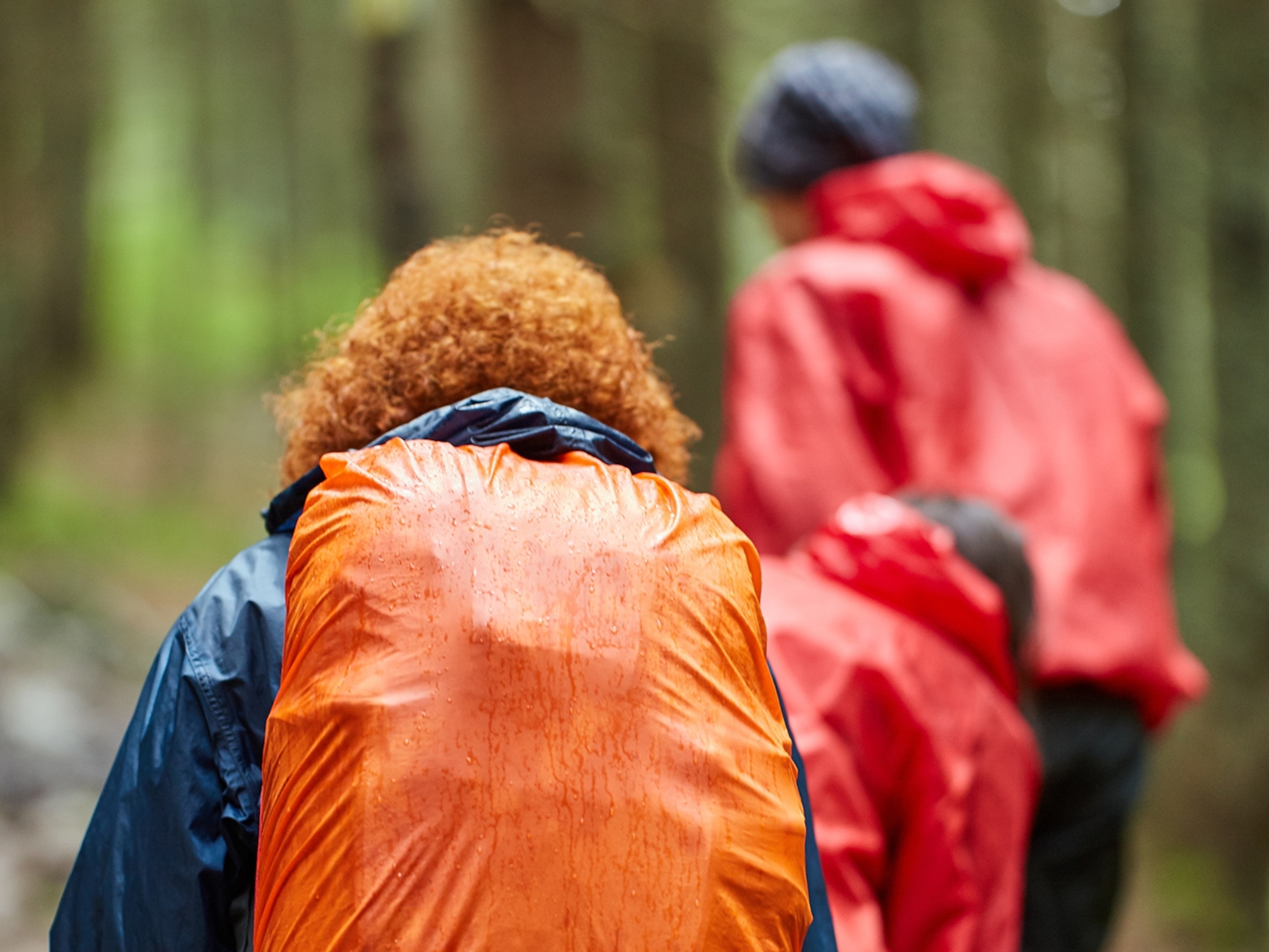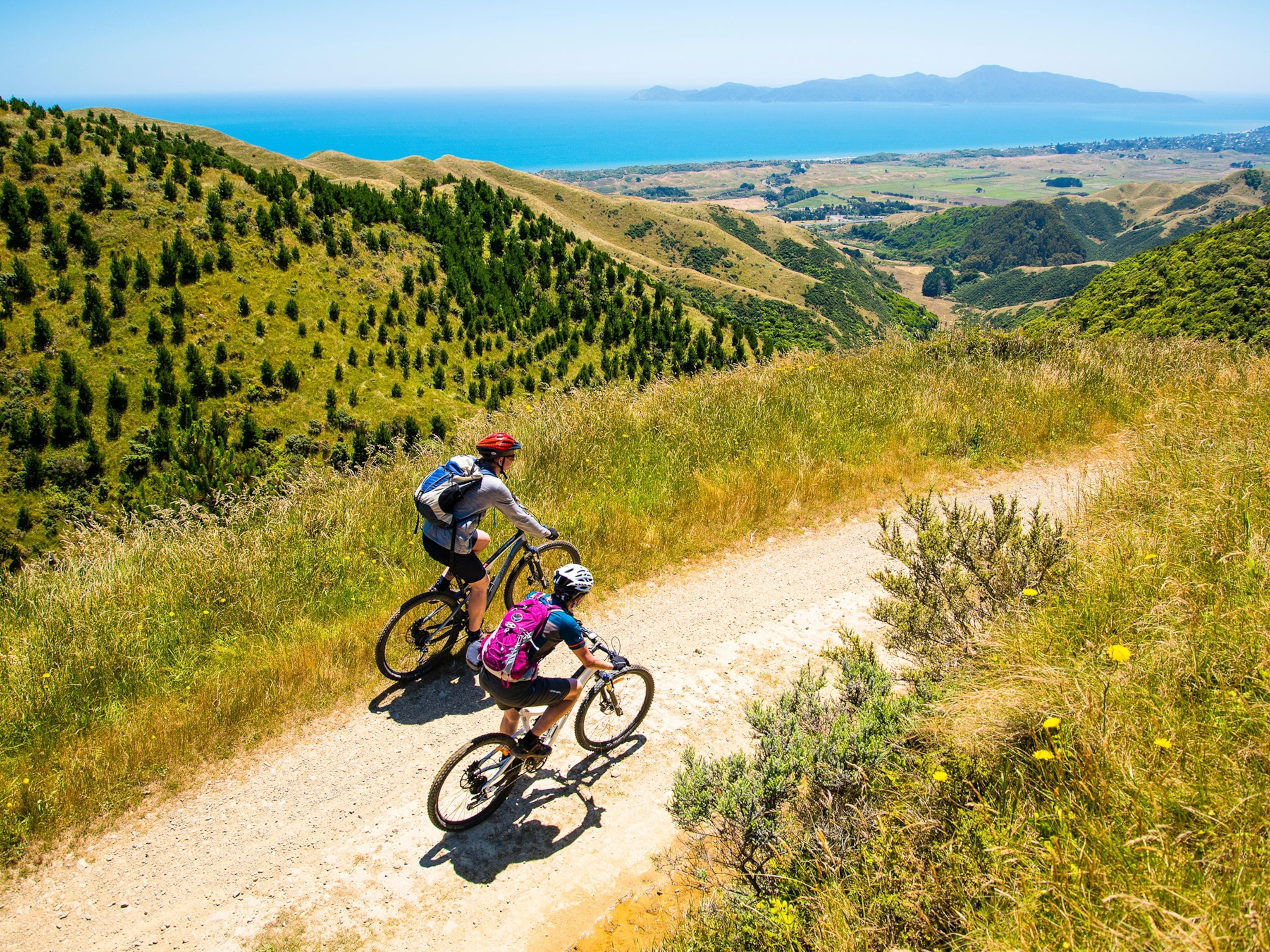Here’s your essential safari packing list
Most outfitters will supply a packing list, but we’ve got a few favorites and tips for the making the most of this iconic experience.

For many travelers, going on a safari is a lifelong dream. I recently lived that dream on a 14-day Namibia expedition with Wilderness Travel, where we tracked leopards and marveled at wildlife congregating at watering holes, hiked the ochre-hued Sossusvlei Dunes, and camped on “dune beds” under a blanket of stars. I did it all with just a duffel bag and a backpack.
African safaris can include game drives, walking safaris, and other activities. Most outfitters provide a detailed packing list, but there are a few tips that can help you make the most of your gear. For one thing, it’s important to familiarize yourself with the activities you’ll be participating in before you start packing. Location and time of year also dictate special considerations, such as avoiding dark blue and black clothing in areas with tsetse flies.
As in other destinations, the weather on safaris can vary—chilly early morning game drives can heat up fast as the sun rises. Dress in layers, bring a sturdy pair of walking shoes, plenty of sun protection, and enough insect repellent.
Remote areas likely won’t have any shops to pop into, so make sure you have important things like eyeglasses, contacts, and medication, plus spares. Here are a few key things to pack for your next safari.
15 items to add to your African safari packing list
Because transportation around safaris in Africa involves small planes and four-wheel-drive vehicles, most outfitters impose strict luggage weight and size limits. That’s why it’s important to plan carefully and focus on essentials—you won’t have easy access to sundry shops.
It goes without saying that you should stick to your outfitter’s packing list and plan around your itinerary. But a few key items include a sturdy pair of walking shoes, plenty of sun protection (not just sunscreen, but also clothing, accessories), plus insect repellent. Read on for details about our top safari essentials.
Soft-sided duffel bag: Patagonia Black Hole Duffel
Patagonia’s Black Hole Duffel is my go-to safari bag and worked great on my recent trip to Namibia. I appreciated the shoulder straps and reinforced haul handles, which offer various ways to carry the duffel comfortably (including as a backpack).
With an exterior daisy chain, an interior mesh lid pocket, and an exterior side pocket, you have lots of options for stashing and attaching things you need within easy access. Plus, it’s durable, weather-resistant, and comes in larger sizes, including 40, 55, and 70 liters. “You can always guarantee you’ll have the right size for your bush plane,” says Emily Cottingham, the U.S.-based senior adventure director for East Africa with Natural Habitat Adventures.
(Here are 9 more tough duffel bags for any adventure)
Insulated jacket: Patagonia Nano Puff (women’s; men’s)
In the Namibian desert, the temperature can plummet in the early morning and evening. “A misconception about Africa—eastern and southern—is that it’s going to be just blazing hot the whole time,” says Cottingham. “A lot of peak season travel—the June through September or October period—is obviously their winter months, so it is colder in general, which I think surprises people.”
It pays to have a cozy warm, windproof, and water-resistant jacket. The Patagonia Nano Puff is lightweight and easily compresses into a bag. There are two zippered hand warmer pockets and an internal zippered chest pocket that doubles as a stuff sack. Travelers may also appreciate that this jacket comes in a hoodie version (women’s; men’s) and a standard option.
(7 of the best reef-safe sunscreens)
Rain jacket: The North Face Antora Jacket (women’s; men’s)
A rain jacket is great for blocking wind. The North Face Antora rain jacket is made with waterproof and windproof fabric. It has zippered hand pockets and a hood with a drawstring cord. There’s another cord along the hem for cinching in the jacket around your hips, providing even more protection.
Pouches: Asten Zipper Pouches
In many parts of Africa, single-use plastic is not allowed. Reusable pouches are great for organizing your things. Asten Zipper Pouches are multifunctional and come in a variety of sizes for organizing everything from cords to toiletries.
Sunglasses: Smith Guide’s Choice or Goodr
Smith Optics Guide’s Choice Sunglasses
Intense sun and dust make sunglasses essential. Smith Guide’s Choice is made with a medium frame and comes with an integrated, detachable leash, a hard case, and a microfiber bag. The company says the “ChromaPop” polarization helps cut glare and enhance color and contrast, while providing 100-percent UV protection.
“I always bring an extra pair of sunglasses because they get scratched and bumped around and what not,” says Cottingham, adding that she’s a fan of Goodr sunglasses, which come in a variety of fun colors. The classic medium-style Unicorn’s Calamity has non-reflective lenses to reduce glare and a grip-coated frame that helps prevent slipping, even when sweating. The company says they have UV400 protection.
Water bottle: Hydro Flask 32-oz Wide Mouth
Staying hydrated is important when you’re on a safari, making a refillable water bottle essential. “You should get a sturdy one, and Hydro Flasks keep drinks cold,” says McDonald Temba Mosses, a trip leader and safari guide for Wilderness Travel, who lives in Tanzania.
The Hydro Flask 32-ounce Wide Mouth Water Bottle is made with double-walled insulation that keeps drinks cold for up to 24 hours, according to the company. It also has a comfortable, flexible handle and comes in lots of fun colors.
Long-sleeve shirt: Columbia PFG Bahama II Long Sleeve Shirt (women’s; men’s)
I wore the Columbia PFG Bahama II Long Sleeve Shirt in Namibia, and it was great for hiking the Tok Tokkie Trail, walking up sand dunes at Sossusvlei, tracking rhinos, and searching for elephants. The lightweight shirt has a relaxed fit and good ventilation, plus plenty of pockets. I like that the sleeves roll up and stay put with button tabs.
According to the brand, this shirt is made with a fast-drying broad-spectrum UPF 50 sun protecting fabric.
Pro tip: I selected the fossil color, which was a good neutral shade. “More muted neutral tones, earthy tones, are going to be ideal for packing, generally because they’re going to blend in with the natural surroundings,” says Cottingham.
(Pack one or more of these lightweight sun shirts)
Pants: Kuhl (Women’s Freeflex Roll-Up Pants; Men’s Renegade Pants)
Long trousers are essential for game walks, says Anthony Monnaaletsatsi, safari guide and tour leader for Wilderness Travel, who has been working in the industry for 15 years. “When we do a game walk or game safari we walk along bushes where you can [encounter] branches or thorns,” he says.
In Namibia, my husband wore Kuhl Renegade Pants, which were lightweight and durable with some stretch for easy movement. They were great for active adventures like hiking the Tok Tokkie Trail and the Sossusvlei dunes, as well as riding in the vehicle to spot wildlife or just relaxing at camp.
Quick-drying, moisture-wicking, with UPF 50+ sun protection, these abrasion- and water-resistant pants come with tons of pockets, including two that fit cellphones and others on the sides that zip.
Soft and lightweight, the Women’s Freeflex Roll-Up Pants are also quick-drying and moisture-wicking, with UPF 50+ sun protection, according to the company.
Neck gaiter: Buff CoolNet UV Neckwear
Whether you’re in a vehicle with the top popped up and windows open for getting the best views and photos, or out on a walking safari, a neck gaiter comes in handy on any safari. You can wear around your neck to protect against the sun and wind or pull it over your face for additional protection from dust.
Buff’s CoolNet UV Neckwear is a great lightweight, quick-drying choice. The company says it offers UPF 50 sun protection along with temperature-regulating technology. The National Parks Collection includes fun designs, including options in neutral colors that would work well for safaris.
(This writer walked the Camino de Santiago twice. Here’s what she packed.)
Binoculars: Nikon Monarch M5 8x42
Most travelers typically do a good job of packing the right clothing, sunglasses, and hats, but often forget binoculars, says Temba.
Nikon’s Monarch M5 8x42 binoculars offer 8x magnification and are waterproof and fogproof (nitrogen filled and O-ring sealed). They have a rubber-armored body and a non-slip grip coat. At 22.2 ounces, they are lightweight and compact—especially important when luggage space is at a premium.
But these binoculars won’t be any good if you forget them. Add them to your packing list well before you begin packing.
Sports bra: Athleta Train Free (Sizes A-C; Sizes D-DD)
Traveling on rutted dirt roads can make for a bumpy ride, so it’s important to have a well-supporting sports bra. Athleta’s Train Free bra is designed for medium-impact workouts and works well on walking safaris or game drives. It’s made to breathe, dry quickly, and wick away moisture.
Headlamp: Black Diamond Spot 400 Headlamp
On our Namibia safari, we spent two nights sleeping under the stars in NamibRand Nature Reserve, an International Dark Sky Reserve. A good headlamp is handy not just for desert camping but throughout a safari.
The Black Diamond Spot 400 Headlamp is compact, lightweight, and low profile, so it’s easy to bring along. It runs on a rechargeable BD 1500 Li-ion battery or three standard AAA batteries, plus it comes in an IPX8 waterproof housing.
Producing up to 400 lumens of light, the headlamp features a peripheral light option, as well as dimming, strobe, and an LED night vision option. I really appreciate the lock mode, which prevents it from accidentally turning on in your bag and draining the batteries.
(These are our favorite backpacks for travelers)
Sun hat: Sunday Afternoons Ultra Adventure Hat
This popular travel hat offers good sun blockage, with a wide 3.25-inch brim and a six-inch cape to protect the back of your neck. It’s made with UPF 50+ sun protection, which includes the mesh, and has a wicking sweatband—a nice detail. The hat is adjustable and folds for easy packing.
Frequently asked questions
What to wear on an African safari?
Due to temperature changes throughout the day, it’s important to dress in layers on a safari. Meg Van Niekerk, a Cape Town-based African Safari Expert for Go2Africa, recommends zippered pants that convert into shorts. “Those are fantastic especially when you are going on a winter safari because temperatures are so extreme,” she says. “It can be cold in the morning, but within an hour of the sun coming up, it’s really hot and you need to get your long pants off.”
If you’re going on a walking safari or one with lots of hiking, you need sturdy boots. If your trip involves mostly game drives and lodges, bring a comfortable pair of shoes along with a pair of sandals.
Clothing in neutral colors are ideal since bright colors can startle animals. “You can [wear bright colors] if you’re just hanging out in camp, but when you’re going out on a game drive you normally wear the colors that blend in with nature,” says Temba.
In regions where tsetse flies are active, avoid dark blue and black clothing, since they can attract these insects, which can cause sleeping sickness, a potentially deadly disease. In many African countries, camouflage is illegal because it is reserved for the military.
Protect yourself from the sun with a UPF wide-brimmed hat and broad-spectrum sunglasses, sunscreen, and lip balm. Be sure to pack plenty of insect repellent and plenty of warm layers, especially since morning and evening game drives can be quite chilly. A warm jacket, hat, and gloves may come in handy.
Your safari company will likely have a suggested packing list based on the destination, time of year, and activities on your itinerary.
What not to bring on African safari?
Leave the hard-sided luggage at home
Check with your trip operator for luggage restrictions, including weight, size, and bag type. Be sure to avoid going over your allotment. You can cut down on the amount of clothes you need to bring by asking about laundry services in advance. That way, you can plan to do laundry at a lodge or two during your trip.
Don’t pack bright-colored clothing or camouflage
Plan on dressing in neutral colors. Skip camouflage clothing since it’s illegal in some areas. It’s also best to leave expensive items you won’t need at home. “Avoid packing excessive jewelry and flashy items,” says Temba. You also won’t need high-heeled shoes or tools like hair straighteners.
No single-use plastics
In some parts of Africa, single-use plastic is not allowed. Skip heavily scented items, like perfume or toiletries. “Don’t bring perfume—it just attracts insects,” Van Niekerk says.
How to pack for a 7-day safari?
Before you start packing, be sure to ask your outfitter about luggage restrictions. Generally, a soft-sided duffel bag and a backpack will work well, as long as you don’t pack too heavily. Staying under the weight limit also means you’ll have room for souvenirs.
Your main duffel bag will likely be put away during the day, so it’s a good idea to have a backpack to carry daily essentials like a jacket, water bottle, binoculars, insect repellent, and sunscreen.
Because of luggage restrictions, you don’t need to pack seven outfits for a weeklong safari. Plan on doing laundry in camps and lodges when available, so you can re-wear pieces throughout your trip. In addition to layers of neutral-colored clothing, pack a jacket, sun protection (including a wide-brimmed hat, UPF clothing, sunglasses, sunscreen, and lip balm with SPF), comfortable walking shoes and sandals, and a swimsuit if your trip includes access to a pool.
Insect repellent, a rain jacket (which can also serve as a windbreaker), and a face covering like a neck gaiter are also key. Toiletries and hand sanitizer should be unscented.
Don’t forget extra camera batteries and memory cards, as well as any necessary electric adapters. Consider a power bank for charging devices and don’t forget binoculars. It’s also wise to bring an extra pair of glasses (or sunglasses) and spare contact lenses.
Whether they’re antimalarials, prescriptions, or over-the-counter, bring extra medication. “Even though we have our first aid kit, we want people to bring their medication and always have it with them,” says Monnaaletsatsi.
How to pack for a 10-day safari?
Packing for a 10-day safari is quite similar to packing for a shorter one. Look into laundry availability in advance so you can plan your outfits accordingly. “You can bring the same amount of clothing [as shorter safaris] because we do offer laundry in the camps and lodges,” Temba says.
However, travelers should pack extra consumables, such as toiletries, sunscreen, insect repellent, lip balm, and medication. “If you’re going to come for a longer trip, an ounce of sunscreen is not going to be enough,” says Temba.
